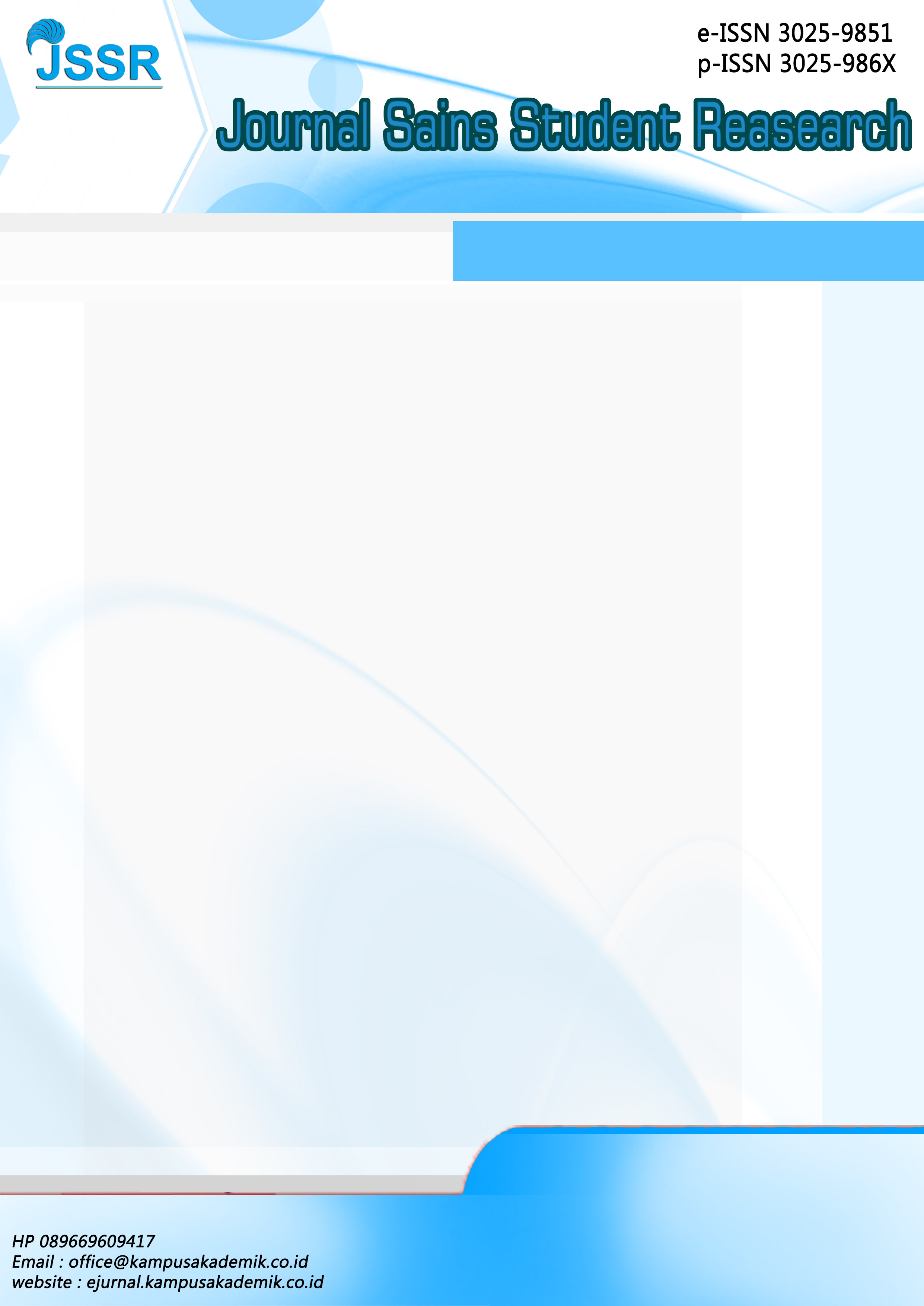PENGGUNAAN APLIKASI MOBILE BANKING DALAM MENINGKATKAN KEPUASAN NASABAH BANK BSI MEDAN PULO BRAYAN
DOI:
https://doi.org/10.61722/jssr.v2i1.539Keywords:
cost, safety, satisfactionAbstract
The increasing popularity of mobile banking creates great opportunities for the banking industry to expand their business, but also brings challenges to satisfy and retain customers. The purpose of this research is to see how the use of mobile banking applications increases customer satisfaction at BSI Medan Pulo Brayan. For this study, a quantitative research methodology was followed and primary and secondary data were collected. For primary data collection, a questionnaire was designed, tested first and then administered. All items regarding the measurement of variables were completely adopted from previous research and carefully rearranged so that all items can be applied to the adoption of BSI Pulo Brayan Medan mobile banking. According to the output in the "Coefficients" section, it is known that the sig values of the two variables, namely Security (X1) = 0.005 and Cost (X2) = 0.000 <0.05. This indicates that the security variable (X1) and cost (X2) have a significant effect on the satisfaction variable (Y)..
References
DAFTAR REFERENSI
Achieng, B.M. and Ingari, B.K. (2015), “Factors influencing the adoption of mobile banking in Kenya’s commercial banks: a case of Kenya commercial bank (KCB) Kilindini branch”, International Journal of Scientific and Research Publications, Vol. 5 No. 10, pp. 1-14.
Bagozzi, R.P. and Yi, Y. (1988), “On the evaluation of structural equation models”, Journal of the Academy of Marketing Science, Vol. 16 No. 1, pp. 74-94.
Bangladesh Bank & Dhaka University (2017), An Impact Study on Mobile Financial Services in Bangladesh, A Joint Research of Bangladesh Bank & Dhaka University, available at: https:// www.bb.org.bd/pub/special/impact_mfs_27092018.pdf.
Bangladesh Bank (2021), Financial System, available at: https://www.bb.org.bd/fnansys/paymentsys/ mfsdata.php.
Barclay, D., Thompson, R. and dan Higgins, C. (1995), “The partial least squares (PLS) approach to causal modeling: personal computer adoption and use an illustration”, Technology Study, Vol. 2, pp. 285-309.
Bhatt, a. and Bhatt, S. (2016), “Factors affecting customer’s adoption of mobile banking services”,Journal of Internet Banking and Commerce, Vol. 21, pp. 161-165.
Boonsiritomachai, W. and Pitachyadejanant, K. (2017), “Determinants affecting mobile banking adoption by generation Y based on unifield theory of acceptance and use of technology model modified by the technology acceptance model concept”, Kasetsart Journal of Social Sciences, Vol. 40 No. 2, pp. 1-10.
Chaney, D., Touzani, M. and Slimane, K.B. (2017), “Marketing to the (new) generations: summary and perspectives”, Journal of Strategic Marketing, Vol. 25 No. 3, pp. 179-189.
Cheah, C.M., Teo, A.C., Sim, J.J., Oon, K.H. and Tan, B.I. (2011), “Factors affecting Malaysian mobile banking adoption: an empirical analysis”, International Journal of Network and Mobile Technologies, Vol. 2 No. 3, pp. 149-160.
Dasgupta, S., Paul, R. and Fuloria, S. (2011), “Factors affecting behavioral intentions towards mobile banking usage: empirical evidence from India”, Romanian Journal of Marketing, Vol. 3 No. 1, pp. 6-28.
Fornell, C. and Larcker, D.F. (1981), “Evaluating structural equation models with unobservable variables and measurement error”, Journal of Marketing Research, Vol. 18 No. 1, pp. 39-50.
Downloads
Published
Issue
Section
License
Copyright (c) 2023 JOURNAL SAINS STUDENT RESEARCH

This work is licensed under a Creative Commons Attribution-ShareAlike 4.0 International License.













